In “Clearly State What It Is” we talked about citing a copy of a will that was found in my Grandmother’s personal papers. There are reasons to use it, even if an official copy is available at the records office. Sometimes it’s simply cheaper and more practical to use a copy of that type. But occasionally there are even better reasons. The copy my Grandmother had included her handwritten notes about the will (which I won’t reproduce here). The courthouse copy won’t include those notes. My citation for the complete image of the copy of the will my Grandmother had also includes a short bracketed comment: [handwritten commentary appears to be written by Ida (Trautvetter) Neill and was identified by Michael John Neill] That way someone later knows […]
My commentary on a digital copy of this 1983 will is not in proper citation form. That’s ok. The world will not end. However… It is important that my commentary or my own citation clearly indicate that the copy of the will that I have for my grandmother’s sister is the one that was in the collection of my Grandmother’s papers. I did not get it a copy of it directly (or indirectly) from the records of the court from where it was probated. I suspect the copy I have was sent to my Grandmother from the lawyer before it was admitted to probate as it does not contain information about when/where it was admitted to probate. If I cite this copy of the will in my records […]
It can be a pain and it can take time. But it can result in great discoveries–manually searching records. Indexes and finding aids fail. They are not perfect. Sometimes a person needs to go page by page in order to make certain that the record they want really is not there. Before you search page by page, there are some things to consider to increase the chance you actually find that person, you should determine: how the records were originally organized how the records are organized in the format you are using them (probably the same as when they were created, but it may be different) where your person should be in the records–probable residence for materials organized geographically, date of event for items organized chronologically) how complete […]
Copy the covering for any packet of loose papers from which you make copies. Citation will be much easier if you do and there may be clues on the cover you need later. The time to make the image/picture is when you have it.
Executors of an estate can be asked to post a bond. The value stated on the bond is related to the perceived inventoried value of the estate. Typically the bondsmen (or sureties) need to be of sufficient financial means to cover the value of the bond in case the executors mismanage the estate. If the executors execute their duties as they are supposed to, there is no problem for the bondsmen (or sureties). But if they do not, the court will come after them to cover the cost. Bondsmen (or sureties) for executors should trust the executors to do as instructed. If the executors do, the bondsmen are not out any cash or property. There were four bondsmen for the three executors of the John Ufkes estate in […]
From our Facebook page… Planning is fine, but there comes a point and you have to do. What was the last genealogy thing you preserved or shared? I’m not talking about sharing a “find” that was already preserved, but something you shared that wasn’t preserved…like a memory, a picture, or an image of a family heirloom. It’s great to share a census entry you’ve found with a relative. But those are already preserved in a variety of places. That picture you have of great-grandma weeding in the garden? That memory of great-uncle Herman driving the car through the back wall of the garage and crashing through to the neighbor’s kitchen? Those items might not be anywhere else but your box in the closet and the deeper recesses of […]
Today we’re told to store our files in the cloud as a means of backing up information in remote locations so that we always have a copy of it. Did newspapers function in the same way once upon a time? In some places, newspapers published summaries of land deeds…is it possible that the courthouse burned but there’s copies of those newspapers somewhere else? Was the birth of a child mentioned in the newspaper, but later adopted and those adoption records are now closed? Were the local court records destroyed but were some court details published in the local newspaper? Local gossip columns also seem to be a forerunner of social media.
Two babies one the award for “most recent baby” at the 1941 reunion of the fourth annual Trautvetter-Schlidmann reunion held in Hamilton, Illinois: Wayne Wells and Buddy Neil. Wayne Wells was determined to have been a Schildmann descendant. I already suspected who Buddy Neil was, but avoided jumping to conclusions. The only “Neil” family listed in the entire listing of attendees as “Mr. and Mrs. Cecil Neil[sic] and family.” Mrs. Neill was a Trautvetter descendant. It was consistent with the other double prizes that were apparently awarded one to a member of each family. Mr. and Mrs. Cecil Neill–actually Cecil Neill and the former Ida Trautvetter–did have a baby in April of 1941: Keith Neill. Keith is my father. I have never heard of him referred to as […]
This 1940-era picture of my father and a dog contains some items in a tree. I’m not exactly certain what they are or why they were in the tree. Just a reminder to look at the whole picture and not just the people or animals. Sometimes the items are clues as to when or where the picture was taken and sometimes they are just confusing.
Unless you are the only descendant of your great-great-grandparents, they are not just your set of ancestors. Most of our ancestors have other descendants besides us. We can’t stop others from publishing incorrect things about our relatives. While books and articles we may write about a relative can be protected from unauthorized distribution by others, facts that we discover or public records that we locate and then share can be distributed without our consent or permission. Ethics aside, it needs to be remembered that no matter how much emotional investment we have in an ancestor or a relative that they usually have other relatives who are related to them as closely as we are. We may feel that our ancestors are special to us, but it’s important to […]
A witness to a document typically is only indicating that they know who signed the document in question. A witness has to be of legal age and sound mind, but does not have to have any relationship to the person actually making out the document. Don’t draw too many conclusions about a person who only witnesses one of your ancestor’s documents. The witness just might have been another warm body in the office the same time as your ancestor. If there’s someone who regularly appears as a witness on your ancestor’s documents, that’s more suggestive of a potential relationship and someone you should take a closer look at.
I recently discovered a cousin who has an interest in family history. As we shared images of photographs, I was reminded of a few things when making digital images of photographs: scan/photograph the front and back of each photograph–even if they are blank (be consistent in doing this so that you always know you did it) identify any individuals whose identity you personally know–as soon as possible (you may forget) start work on identifying unknown individuals as soon as you can organize photographs as soon as possible back up the images you made–and not just on a flash drive–remote storage is key The important thing is not to just digitize and quit.
The 1870 US census asks for the month of marriage for individuals married within the last year and the month of birth for individuals born within the last year. It’s not the same as a vital record, but better than nothing–especially in places that did not record vital records during this time period.
It never hurts to be reminded that genealogists should not assume anything. A researcher assumed that the last name of a relative’s husband was spelled incorrectly in an obituary and “corrected” in their transcription and in their online postings regarding the family. The problem was that, in this case, the obituary was correct. Had the researcher looked for information other than the obituary, he would have seen numerous references to the husband (and the wife) with the last name written as it was in the obituary. There’s actually three reminders here: don’t assume, obituaries are not always wrong, and avoid relying on just one source.
It may seem tedious to go through all those entries for a relative in small-town newspaper. A weekly newspaper may regularly mention your relative or family members attending various functions. But sometimes all those references can help. A cousin of my grandmother’s was married several times. The difficulty was finding the actual first name of her last husband–who she married in the 1950s. He was listed only by his initials in her obituary and a marriage in the local area could not be located. So I started going through the social columns in the local weekly newspaper. After much looking, I found a mention of the cousin–with her husband’s first name–in a 1957 writeup of an anniversary celebration of an older family member. But it took a little […]
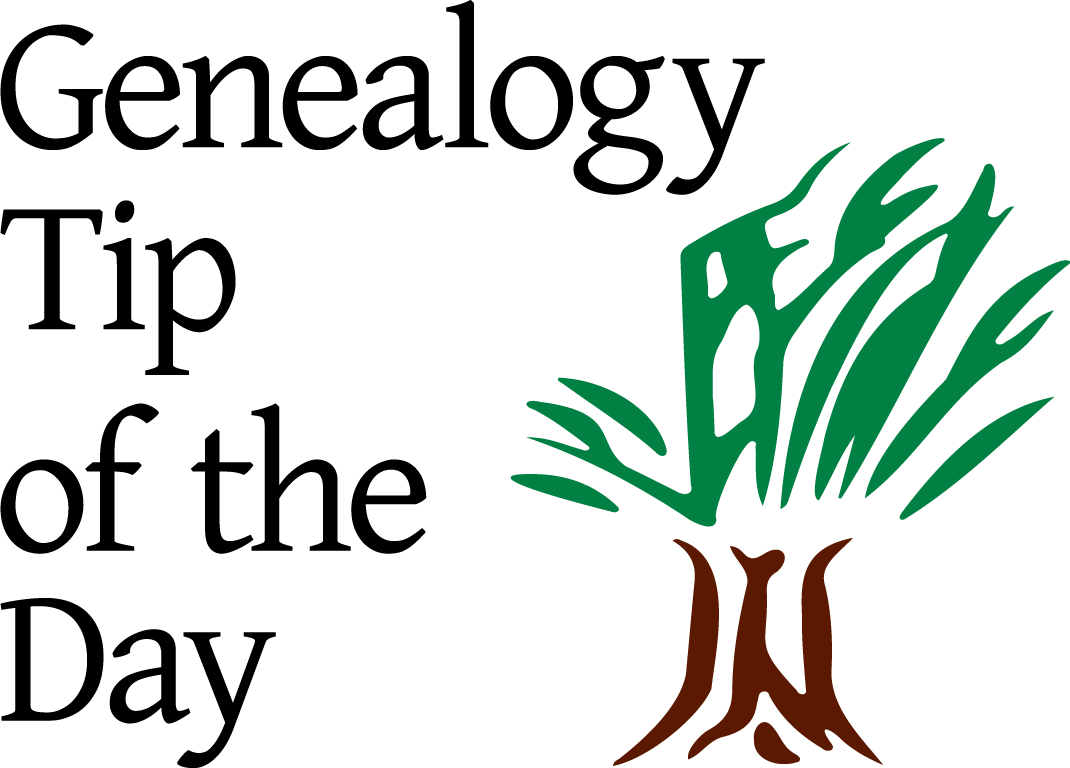
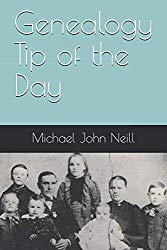
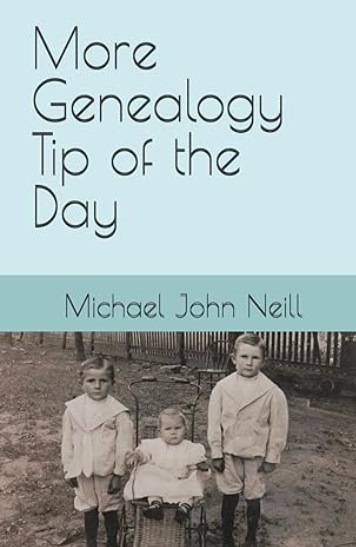

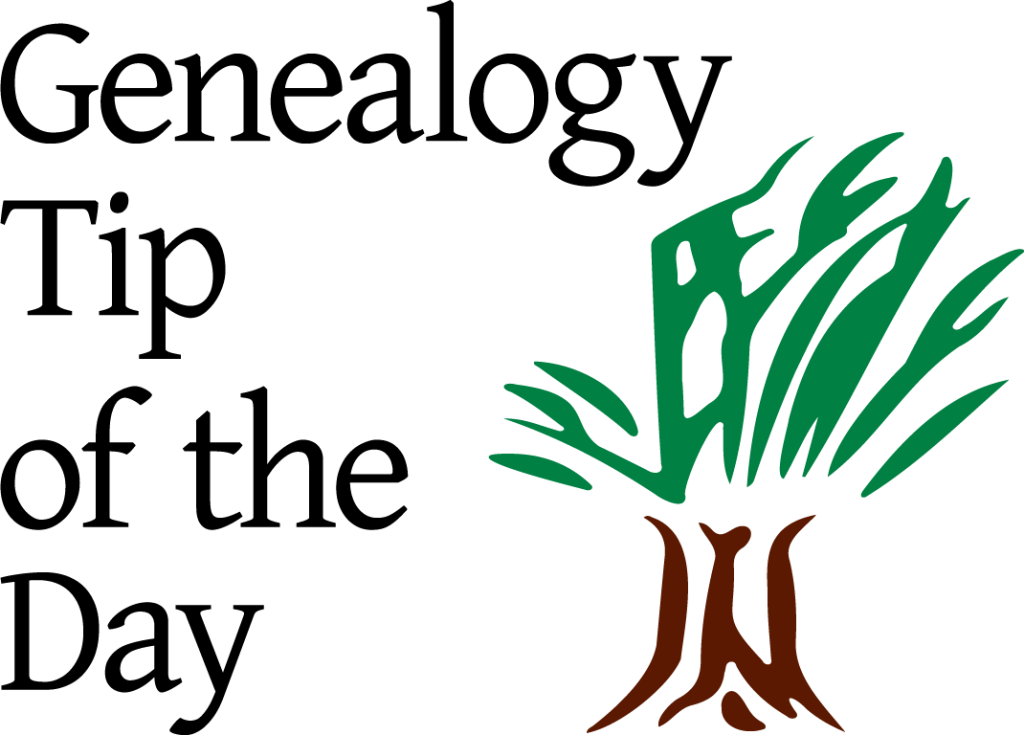
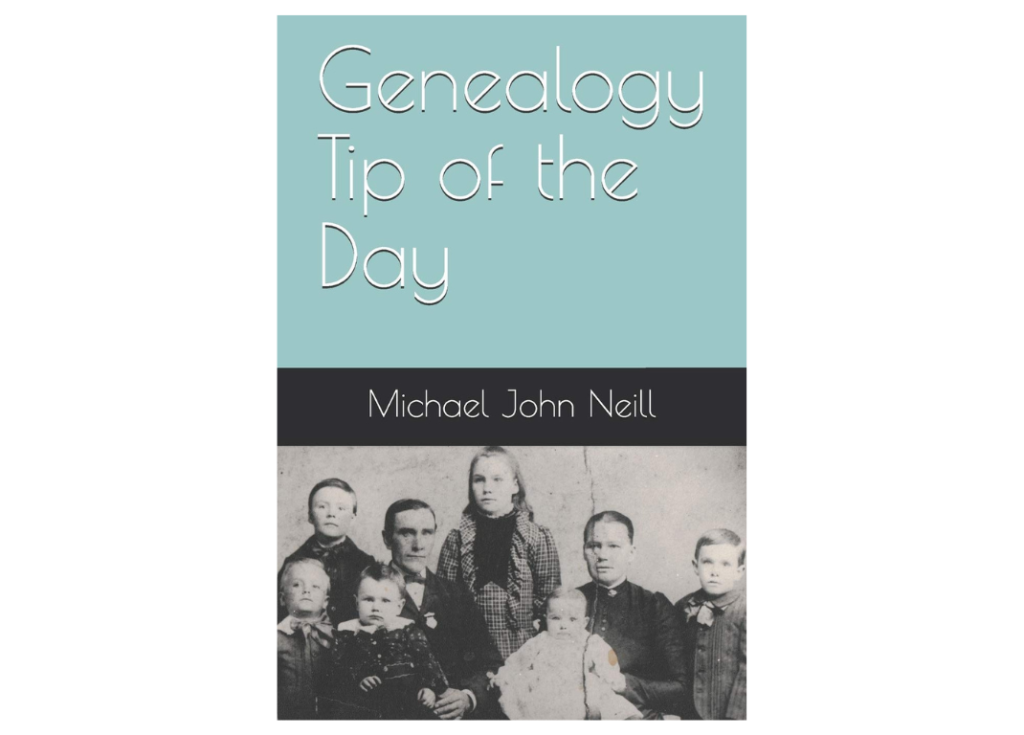
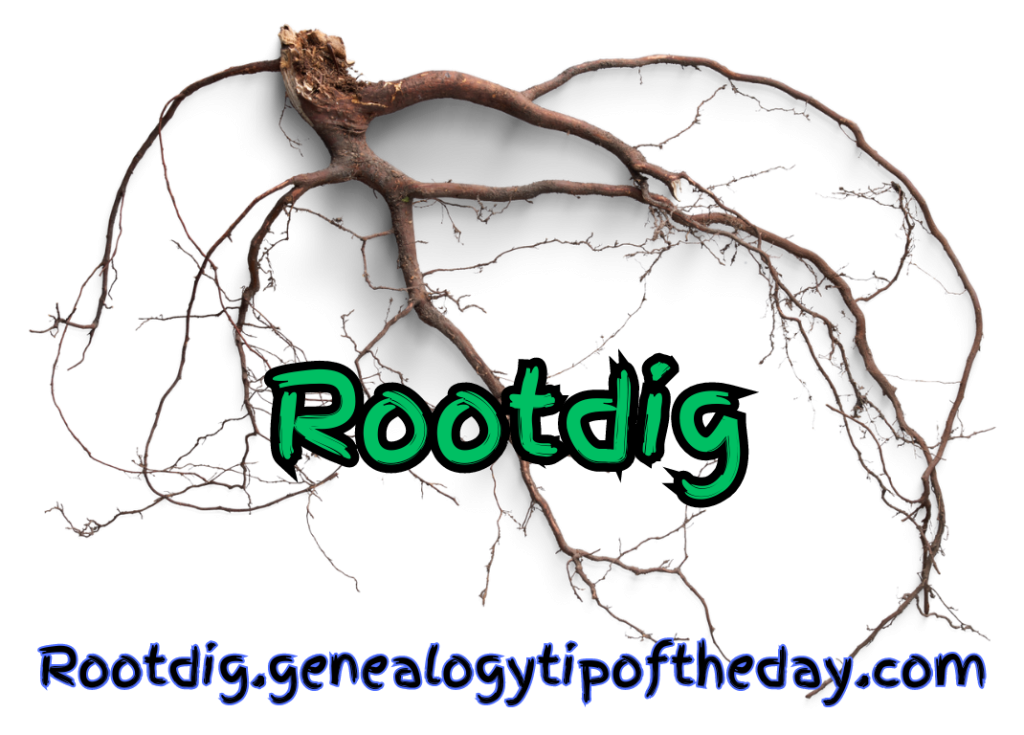

Recent Comments